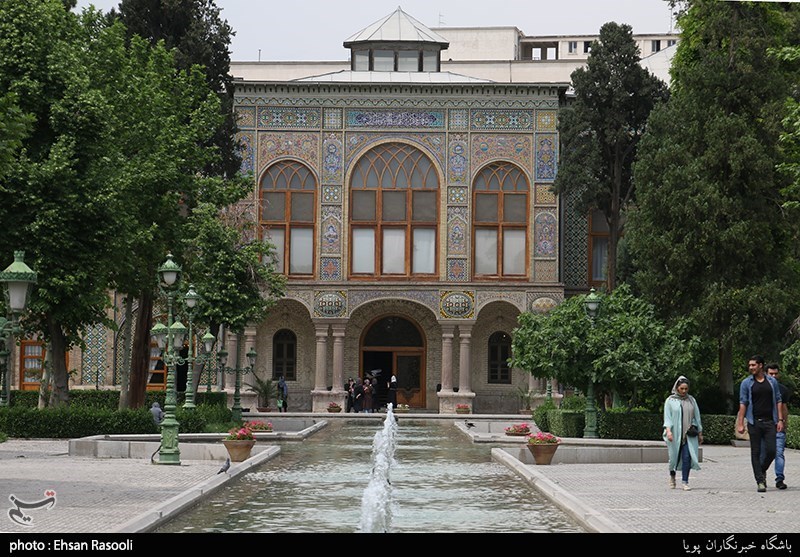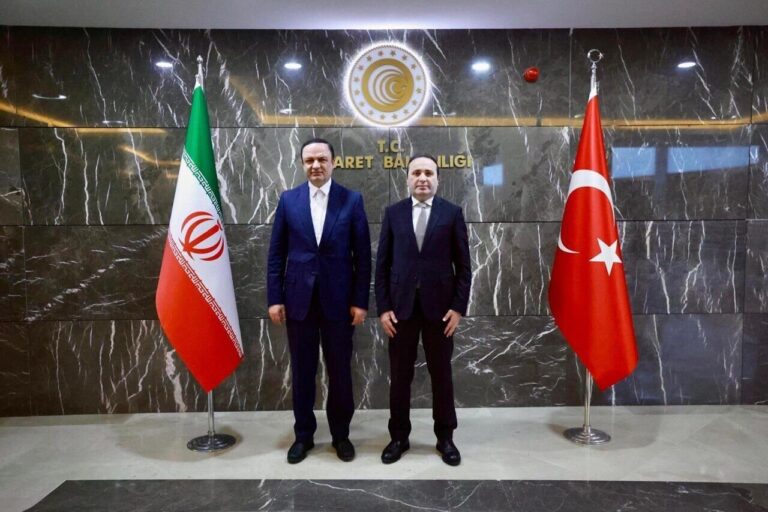Discover Golestan Palace: Tehran’s Timeless Treasure and One of Iran’s Oldest Historic Monuments
Golestan Palace, a remarkable historical complex in Iran, is renowned for its rich architectural heritage and diverse historical functions over the centuries. Named after the exquisite Golestan Hall that forms part of its exterior, this palace is a must-visit destination for anyone interested in the rich tapestry of Iranian history and culture.
The construction of Golestan Palace commenced during the Safavid era, a period marked by significant architectural advancements. Key components of the palace, including Chahar bagh and Chenarestan, were developed in the northern section of the complex under the reign of Shah Abbas I. Unfortunately, much of these original structures have not survived the test of time.
The oldest extant buildings within the Golestan complex include the Marble Throne Iwan (Iwan-e takht-e Marmar) and the Khalvat-e Karimkhani, both dating back to the reign of Karim Khan Zand. However, the palace saw substantial expansions during the Qajar era, serving as the residence of the Qajar kings.
Following the conquest by the Pahlavi I dynasty, significant portions of Tehran’s arg, including its protective walls, the Bab-e-Ali entrance gate, and several other structures, were demolished. Consequently, Golestan Palace transitioned into a central hub for official ceremonies and became a residence for presidents and distinguished foreign guests.
Throughout history, the Golestan Palace housed numerous buildings, many of which have fascinating stories and architectural significance. Notable structures include:
- Interior edifice (Emarat-e Andaruni)
- Naseri dormitory
- Hall of Khan-e Maghfur
- Exterior edifice (Emarat-e Biruni)
- Sanduq Khaneh edifice
- Royal Rakhtdar khaneh (Grand Closet)
Today, visitors to Golestan Palace can explore a variety of buildings, each showcasing unique architectural styles and exquisite decorations. Some of the prominent sites within the palace complex include:
- Marble Throne Iwan
- Khalvat-e Karimkhani
- Museum room (Salam Hall) and its associated Hoz Khaneh (Pool House)
- Mirror Hall
- Ivory Hall or traditional restaurants
- Brillian Hall (Ceremonial Hall)
- Library
- Shams-ol Emareh edifice
- Windproof edifice and its expansive Hoz Khaneh
- Diamond Hall
- Abyaz Palace
- Chador Khaneh
In contemporary times, each section of Golestan Palace has been assigned new functions, contributing to its ongoing legacy and importance. It now encompasses:
- Ethnography museums
- Preservation space for royal remains
- Library
- Administrative offices
Golestan Palace stands as a testament to Iran’s historical evolution, showcasing the artistic and architectural prowess of its eras. Its rich history, combined with stunning visual appeal, makes it an essential stop for tourists and history enthusiasts alike.
Whether you are an architecture aficionado, a history buff, or simply looking for an enchanting place to visit, Golestan Palace offers a unique glimpse into the past, beautifully reflecting the complexities and grandeur of Iranian culture.
Don’t miss the chance to experience the beauty and history of Golestan Palace on your next visit to Iran!






